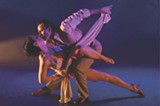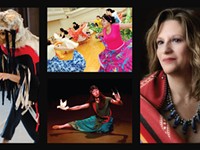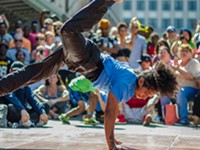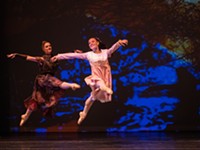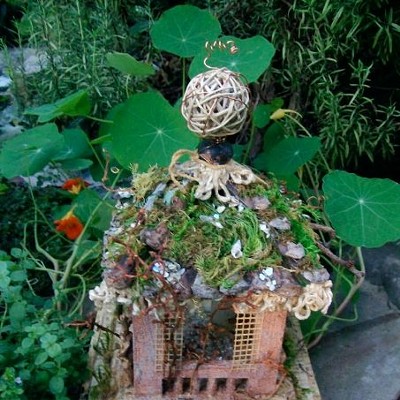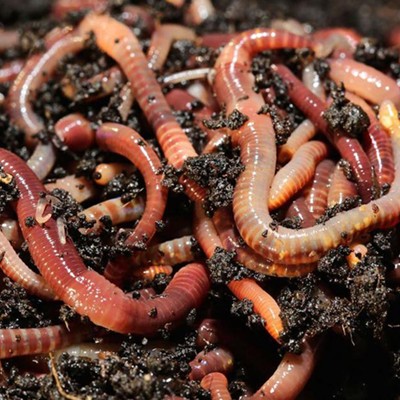[
{
"name": "500x250 Ad",
"insertPoint": "5",
"component": "15667920",
"parentWrapperClass": "",
"requiredCountToDisplay": "1"
}
]
Mention tango dancing and most people immediately imagine some variation of a woman in red sauntering seductively across stage, whirled in close and dipped low by a darkly sensual partner. This, to most people, is tango. But Fernanda Ghi and her husband Guillermo Merlo, creators of "This is Tango Now," seek to break this stereotype. For them, it is not enough to simply present what tango is. Their mission is to go beyond defining tango to actually utilizing it as an artistic medium to convey meaning beyond what is inherent in the dance itself.
"Tango is a rich and theatrical art form," Ghi said by phone recently from her Boston home. "There are so many stereotypes about what tango is. We wanted to dispel those by focusing on what tango is doing now. We use tango as a tool to express different stories. This is one of the first times tango has been used in this way."
"This is Tango Now: Identidad" was created by Ghi and Merlo along with musician-anthropologist Alfredo Minetti. The music for the production was composed by tango masters Osvaldo Pugliese and Astor Piazzolla. Light, sound, music, puppetry, and Argentine tango are all used to tell the story of a beautiful marionette struggling for freedom from her puppet master. This combination of art forms is virtually unheard of in tango, as is the use of props.
Ghi and Merlo both began studying tango as children growing up in Buenos Aires, Argentina. By 1998, both were in the United States performing in the dance show "Forever Tango," which won the Tony for Best Choreography that same year. In 1999, the couple created their own company, Tango Dream, which toured successfully for six years, including two-month stints in Tokyo every year.
The Japanese, Ghi says, passionately embrace tango. And their culture's attitude towards art, she says, is on par with her own.
"The Japanese producers would tell audiences to 'empty your glass of water and let us fill it,'" Ghi says.
"In America, too often people think art is to educate them. It's not about education. Art is an expression. You may not like it, it may make you feel uncomfortable, but it's there to move you, to make you feel. Come without any expectations; come with an open mind and heart," she says.
"We're creating something different for audiences," Ghi says. "I would love them to actually forget that they are seeing a tango show. Experience a moment with the artist, the music. The history is created in the present between the audience and the dancer."
European and African cultures were both influential in the early formation of tango. The dance originated in lower-class districts of Buenos Aires and Montevideo and was first dubbed "tango" in the 1890's. In the early 20th century, dancers and orchestras from Buenos Aires traveled to Europe; the first European tango craze took place in Paris. By 1913 it had crossed the Atlantic to New York City.
There are many different forms of tango in existence today. The one closest to that originally danced in Argentina and Uruguay is commonly considered to be the most authentic. "This is Tango Now" fuses traditional tango with flamenco and hip-hop.
According to Ghi, tango hit its golden period during the 1940's and 50's in Argentina, then declined after Juan Peron's government lost power. Military dictatorships banned public gatherings and economic depression was rife. Rock and roll gained in popularity because it did not require people to gather in the same way. By the 1980's, however, people were in love with the dance again. The flashy international hit "Tango Argentina" vastly broadened tango's audiences.
"People went crazy," Ghi says. "And it was hugely profitable. Professionals — doctors and lawyers — quit their jobs to become tango dancers."
Then, the 2000 economic crisis brought tango even more to the social forefront — especially for the younger generation.
"It became a full-blown social phenomena again," Ghi says. "Everyone was doing it. Young people felt free to embrace it for themselves because their parents had not done so during the military rule of their own youth. People were trying to rediscover themselves and tango was a means to do that."
Ghi, Merlo, and the four other dancers in "This is Tango Now: Identidad" may very well reshape your take on tango this weekend. So come with your glass empty and let them fill it up.
Latest in Dance
More by Casey Carlsen
-
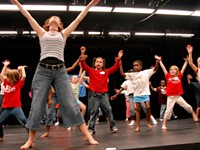
A new generation
Jun 7, 2017 -
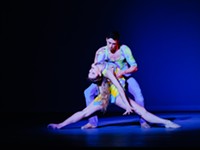
Dance review: RCB's 'Summer of Love'
Apr 21, 2017 -
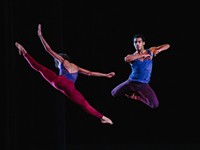
Dance review: Garth Fagan home season
Dec 1, 2016 - More »
